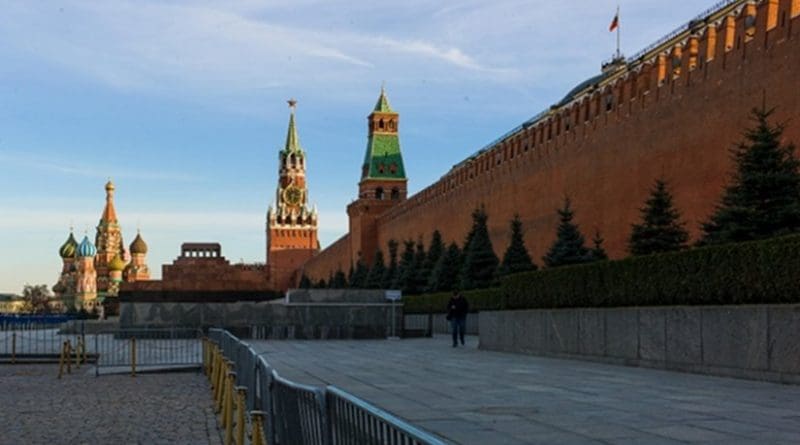Is Moscow Stumbling Toward The Creation Of Cossackia? – OpEd
By Paul Goble
Ever since the United States government referred to Cossackia as one of the captive nations in 1959, Soviet and more recently Russian commentators have made fun of the idea, pointing out that there is no such place – historically there were 13 Cossack hosts spread across the empire and today there are Cossacks or neo-Cossacks in every Russian region.
But in one of those wonderful “only in Russia” actions, Moscow seems to be stumbling toward the creation of exactly what it has always insisted does not exist: a single Cossackia centered on the triune Cossack union of the Don, Kuban and Terek Cossacks adjoining the North Caucasus.
In the wake of the World Cossack Congress, Stavropol officials have announced that they are ready to resettle more than 600 Semirechye Cossacks from Kyrgyzstan and Kazakhstan and have already allocated land and housing for them (nazaccent.ru/content/18006-na-stavropole-razmestyat-okolo-600-kazakov.html).
Immigration officials in Stavropol say that “there have not been and will not be problems” with the resettlement of these compatriots, noting that 11 Semirechye Cossacks who have already come have had positive experiences.
Historically, of course, the Semirechye Cossacks had little in common with the triune union ones. Their host was formed only in 1867 out of two regimental districts of the Siberian Cossack Host, which did not resemble the Don, Kuban and Terek Cossacks either. The Semirechye Cossacks helped Russia conquer and rule Central Asia but during the Civil War fought on the side of the anti-Bolshevik forces.
The Semirechye Cossacks numbered approximately 45,000 at the end of tsarist times, but many were killed in the civil war or went into emigration. Those who didn’t had their host forcibly disbanded by the Soviets, and many of them were exiled to Russia’s Far North as part of Moscow’s “de-cossackization” program.
If the Semirechye Cossacks do move to Stavropol in any numbers – and there are few of them around now to move – that could change the ethnic mix in the region and create serious problems for both Russians and non-Russians, and more speculatively, it could spark precisely the kind of Cossack dreams of Cossackia that Moscow has long been at pains to pour scorn on.
Indeed, by bringing these disparate Cossack groups together, Moscow is ensuring that a common Cossack identity will emerge, and that in turn will lead to demands that the Cossacks be counted separately in future Russian censuses, thus reducing still further the share of ethnic Russians in the population
For background on the Semirechye Cossacks and their recent travails, see my “Moving Central Asian Cossacks to North Caucasus Threatens Russians and Non-Russians Alike,” Eurasia Daily Monitor, December 11, 2013, at jamestown.org/single/?tx_ttnews[swords]=8fd5893941d69d0be3f378576261ae3e&tx_ttnews[all_the_words]=pavel%20baev&tx_ttnews[pointer]=2&tx_ttnews[tt_news]=41743&tx_ttnews[backPid]=7&cHash=a40e6fe8c9c9e4713a4cfda2faaf2fea#.ViYgmit0e-c.

